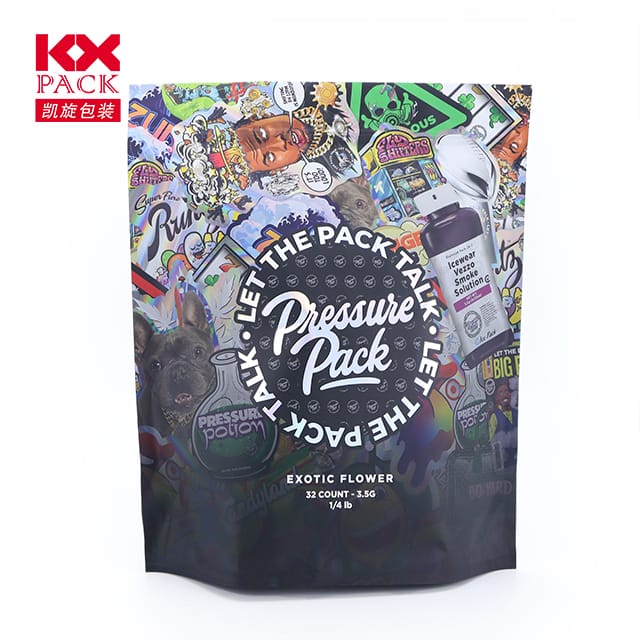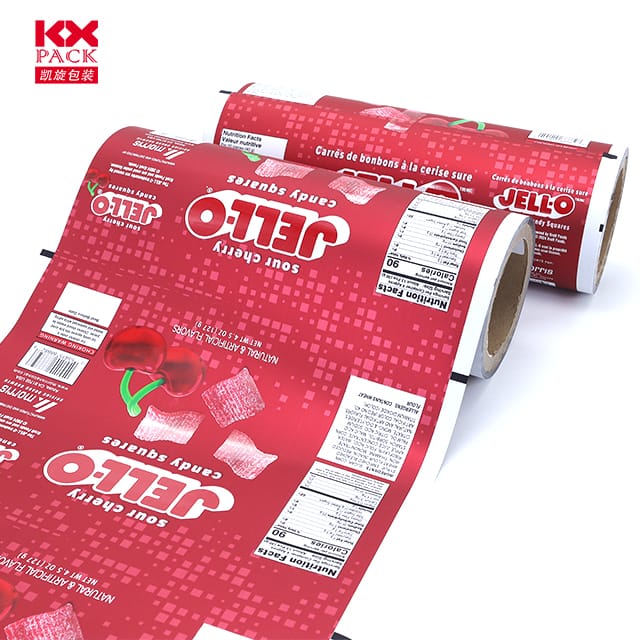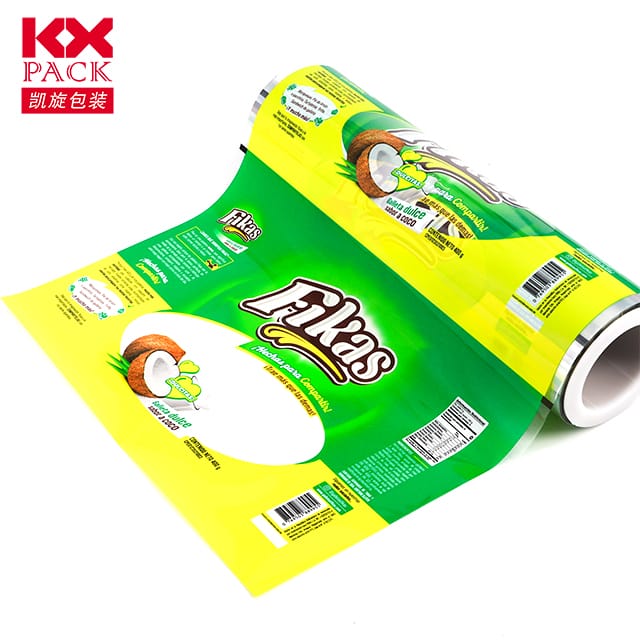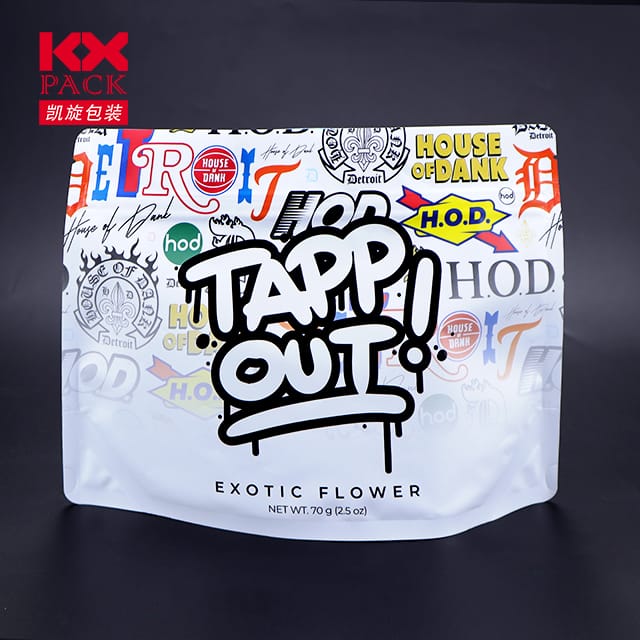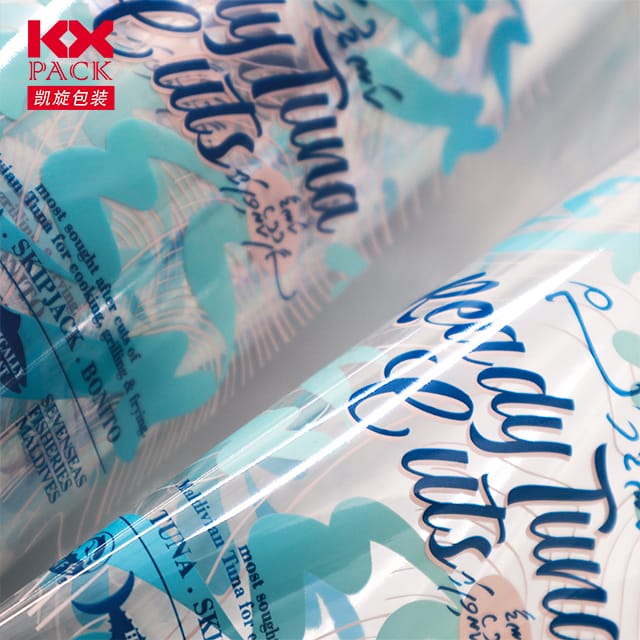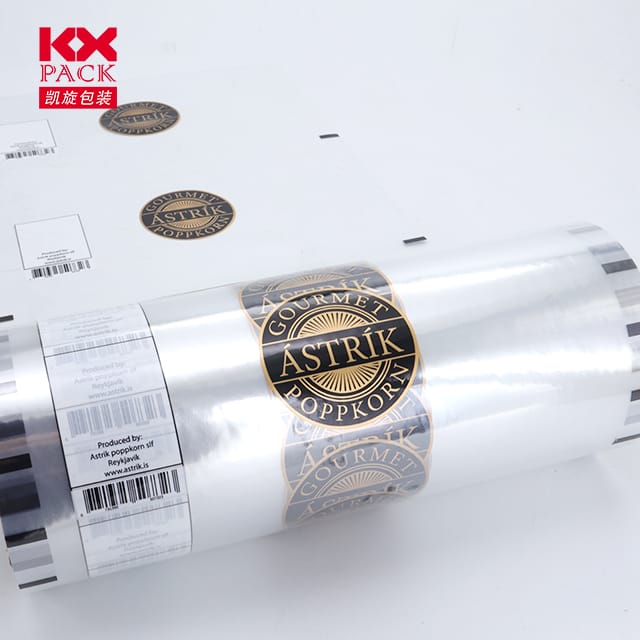The Role and Innovation of Plastic Packaging Films in Modern Industry(5)
Películas de embalaje de plástico
In today’s fast-paced consumer world, plastic packaging films are ubiquitous yet often overlooked. From safeguarding fresh produce to preserving electronics, estos delgados, flexible materials play a critical role in protecting products, Extender la vida útil, and reducing waste. Sin embargo, A medida que aumentan las preocupaciones ambientales, the industry is evolving to balance functionality with sustainability. Let’s explore the science, aplicaciones, and future of plastic packaging films.
What Are Plastic Packaging Films?
Plastic packaging films are lightweight, versatile materials made from polymers such as polyethylene (EDUCACIÓN FÍSICA), polipropileno (PÁGINAS), cloruro de polivinilo (CLORURO DE POLIVINILO), or polyester (MASCOTA). They can be transparent or opaque, single-layered or multi-layered, and engineered with additives for specific properties like UV resistance, moisture barriers, or anti-static coatings.
Key characteristics include:
- Flexibilidad: Adapts to irregular shapes (P.EJ., wrapping fresh meat or confectionery).
- Propiedades de barrera: Prevents oxygen, vapor de agua, or odors from compromising products.
- Rentabilidad: Cheaper to produce and transport than rigid packaging.
- Imprimibilidad: Supports branding with high-quality graphics.
Common Applications Across Industries
- Alimento & Bebida
- Productos frescos: Stretch films maintain freshness by reducing air exposure.
- Snacks: Laminated films with aluminum layers block light and oxygen to prevent rancidity.
- Ready-to-eat meals: High-barrier films protect against contamination and extend shelf life.
- Farmacéuticos
- Paquetes de ampollas: Thermoformed films ensure tamper-evidence and precise dosage control.
- Medical devices: Sterile packaging films meet stringent hygiene standards.
- Bienes de consumo
- Electrónica: Anti-static films shield delicate components from electrostatic discharge.
- Productos cosméticos: Multi-layered films combine moisture resistance with luxurious aesthetics.
- Industrial
- Pallet wrapping: Stretch films secure goods during transit, reducir los riesgos de daños.
- Construcción: Protective films shield surfaces like glass or metal from scratches.
Environmental Challenges and Solutions
While plastic films offer undeniable benefits, their single-use nature has raised alarms about pollution and landfill waste. The industry is responding with innovative solutions:
- Biodegradable and Compostable Films
- Made from plant-based polymers (P.EJ., ácido poliláctico, or PLA), these films break down naturally under specific conditions.
- Ejemplo: PLA films used for fresh salads decompose in industrial composting facilities.
- Recycled Content Films
- Post-consumer recycled (PCR) materials reduce reliance on virgin plastics.
- Challenges include maintaining performance while incorporating recycled resins.
- Advanced Recycling Technologies
- Chemical recycling breaks down plastics into their original monomers for reuse, enabling infinite recycling loops.
- Companies like Eastman and BASF are investing heavily in this space.
- Thinner, Lighter Films
- Down-gauging reduces material use without sacrificing strength.
- Ejemplo: High-performance polyethylene films that are 50% thinner yet stronger than traditional options.
The Future of Plastic Packaging Films
As regulations tighten (P.EJ., Directiva de plásticos de un solo uso de la UE), the industry is pivoting towardcircular economy models. Key trends include:
- Películas inteligentes: Embedded sensors monitor food freshness or product integrity in real time.
- Películas comestibles: Made from natural ingredients like starch or proteins, these films eliminate waste entirely.
- Reusable Systems: Brands like Loop are trialing durable, refillable containers lined with recyclable films.
Consumer Tips: Making Sustainable Choices
- Look for certifications: Opt for films labeled “compostable” (P.EJ., OK Compost HOME) or “recyclable” (check local facilities).
- Reduce waste: Reuse packaging for storage or crafts before recycling.
- Support brands: Choose companies committed to sustainable packaging innovations.
Conclusión: Striking a Balance
Plastic packaging films are indispensable in modern supply chains, but their environmental impact demands urgent action. By embracing biodegradable materials, recycling innovations, and smarter designs, the industry can protect both products and the planet.
What’s your take on plastic packaging films? Share your thoughts or questions in the comments below—let’s drive the conversation toward a greener future! 🌍📦
Palabras clave: plastic packaging films, embalaje sostenible, biodegradable films, contenido reciclado, envasado de alimentos, industrial films.

